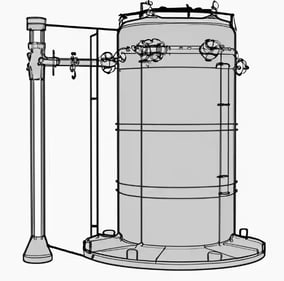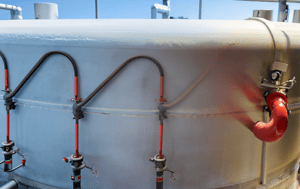Fire Suppression Solutions
ONE CLARION SOLUTIONS
Fire protection tanks offer a practical and cost-effective alternative to the extensive overhaul of municipal pipelines, ensuring strict adherence to fire code requirements. At One Clarion, our engineered fire tanks are meticulously designed to meet and often exceed the demanding standards set by NFPA 22 and FM, making them suitable for virtually any location. We take pride in providing a comprehensive structural design calculation package that not only demonstrates the equivalence of our tanks to these stringent standards but often proves their superiority.
Comprehensive Fire Tank Solutions
Our dedicated engineering team and a network of authorized dealers are at your service to navigate through the intricacies of various fire protection system designs. We can assist you in selecting the right tanks, components, and accessories to meet your project's specific needs. With our support, you can gain project approval and maintain momentum in your endeavors.
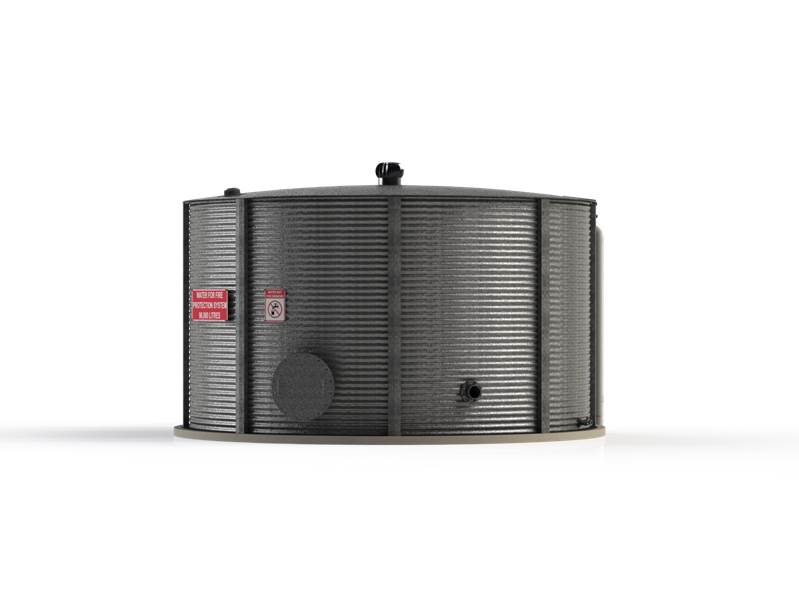
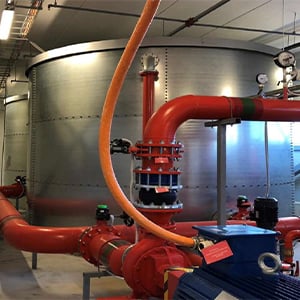
Dual Utility Bolted Steel Fire Tanks
These tanks can be seamlessly configured for potable water storage, offering a dual-use option that not only aids in offsetting infrastructure costs but also ensures that your fire protection capacity requirements remain intact.
Corrugated Steel Fire Tanks
Save up to 50% off with corrugated water tanks, 20 year “No Leaks” warranty included. One Clarion Tanks are made for locations that experience little to light snow load, and are typically available at half the price of the competitors.
Introduction to Fire Suppression Tanks
Fire suppression water tanks, also known as fire tank systems, are large capacity firewater reservoirs that hold water solely for the purpose of firefighting. They are installed either underground or above ground, depending on the specific needs and requirements of a particular property.
Fire Water Tank Sizing & Design
Calculating the capacity of a fire water tank involves specific numerical values and considerations tailored to the unique characteristics of a building.
Various Types of Fire Water Suppression Tanks & Design
Common options include steel, fiberglass, and polyethylene (plastic) tanks. The selection of material depends on factors such as tank size, budget, and the required lifespan of the tank.
Our complete list of Fire Water Tanks solutions
Explore our complete range of liquid storage, fire suppression products at www.water-storage-tank.com. We take pride in offering product the exceed the highest industry standards.
Call 772-205-6303
For immediate assistance, call: 772-205-6303 during business hours are Monday to Friday, from 8am to 8pm (Eastern Time). Rest assured that a knowledgeable and friendly team member will respond to your inquiry as quickly as possible within these hours.
About One Clarion
Based in Florida, our dedicated team has in-depth knowledge about water trailers to help supply our customers with the right water trailer product. But we do more than just sell water transport products. Customer service is important to us. We never seek to be a company that is simply transactional—we work with you to fully understand your needs to best help you in your situation today and in the future.


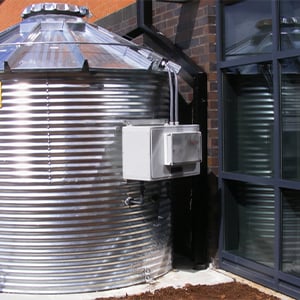
.png?width=300&height=300&name=MicrosoftTeams-image%20(5).png)
